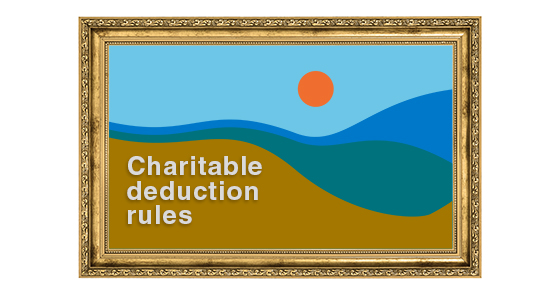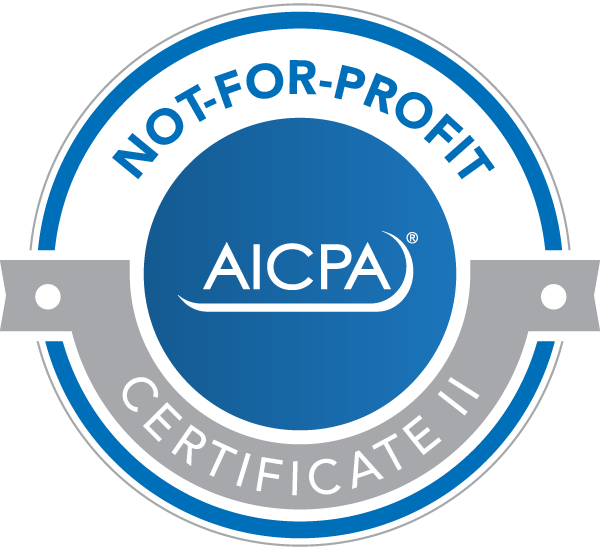If you own a valuable piece of art, or other property, you may wonder how much of a tax deduction you could get by donating it to charity.

The answer to that question can be complex because several different tax rules may come into play with such contributions. A charitable contribution of a work of art is subject to reduction if the charity’s use of the work of art is unrelated to the purpose or function that’s the basis for its qualification as a tax-exempt organization. The reduction equals the amount of capital gain you’d have realized had you sold the property instead of giving it to charity.
For example, let’s say you bought a painting years ago for $10,000 that’s now worth $20,000. You contribute it to a hospital. Your deduction is limited to $10,000 because the hospital’s use of the painting is unrelated to its charitable function, and you’d have a $10,000 long-term capital gain if you sold it. What if you donate the painting to an art museum? In that case, your deduction is $20,000.
Substantiation requirements
One or more substantiation rules may apply when donating art. First, if you claim a deduction of less than $250, you must get and keep a receipt from the organization and keep written records for each item contributed.
If you claim a deduction of $250 to $500, you must get and keep an acknowledgment of your contribution from the charity. It must state whether the organization gave you any goods or services in return for your contribution and include a description and good faith estimate of the value of any goods or services given.
If you claim a deduction in excess of $500, but not over $5,000, in addition to getting an acknowledgment, you must maintain written records that include information about how and when you obtained the property and its cost basis. You must also complete an IRS form and attach it to your tax return.
If the claimed value of the property exceeds $5,000, in addition to an acknowledgment, you must also have a qualified appraisal of the property. This is an appraisal that was done by a qualified appraiser no more than 60 days before the contribution date and meets numerous other requirements. You include information about these donations on an IRS form filed with your tax return.
If your total deduction for art is $20,000 or more, you must attach a copy of the signed appraisal. If an item is valued at $20,000 or more, the IRS may request a photo. If an art item has been appraised at $50,000 or more, you can ask the IRS to issue a “Statement of Value” that can be used to substantiate the value.
Percentage limitations
In addition, your deduction may be limited to 20%, 30%, 50%, or 60% of your contribution base, which usually is your adjusted gross income. The percentage varies depending on the year the contribution is made, the type of organization, and whether the deduction of the artwork had to be reduced because of the unrelated use rule explained above. The amount not deductible on account of a ceiling may be deductible in a later year under carryover rules.
Other rules may apply
Donors sometimes make gifts of partial interests in a work of art. Special requirements apply to these donations. If you’d like to discuss any of these rules, please contact us.
- Evaluate whether a Health Savings Account is beneficial to you - September 19, 2023
- Investment swings: What’s the tax impact? - September 12, 2023
- Plan now for year-end gifts with the gift tax annual exclusion - September 5, 2023
- Selling your home for a big profit? Here are the tax rules - August 29, 2023
- The tax consequences of employer-provided life insurance - August 22, 2023









